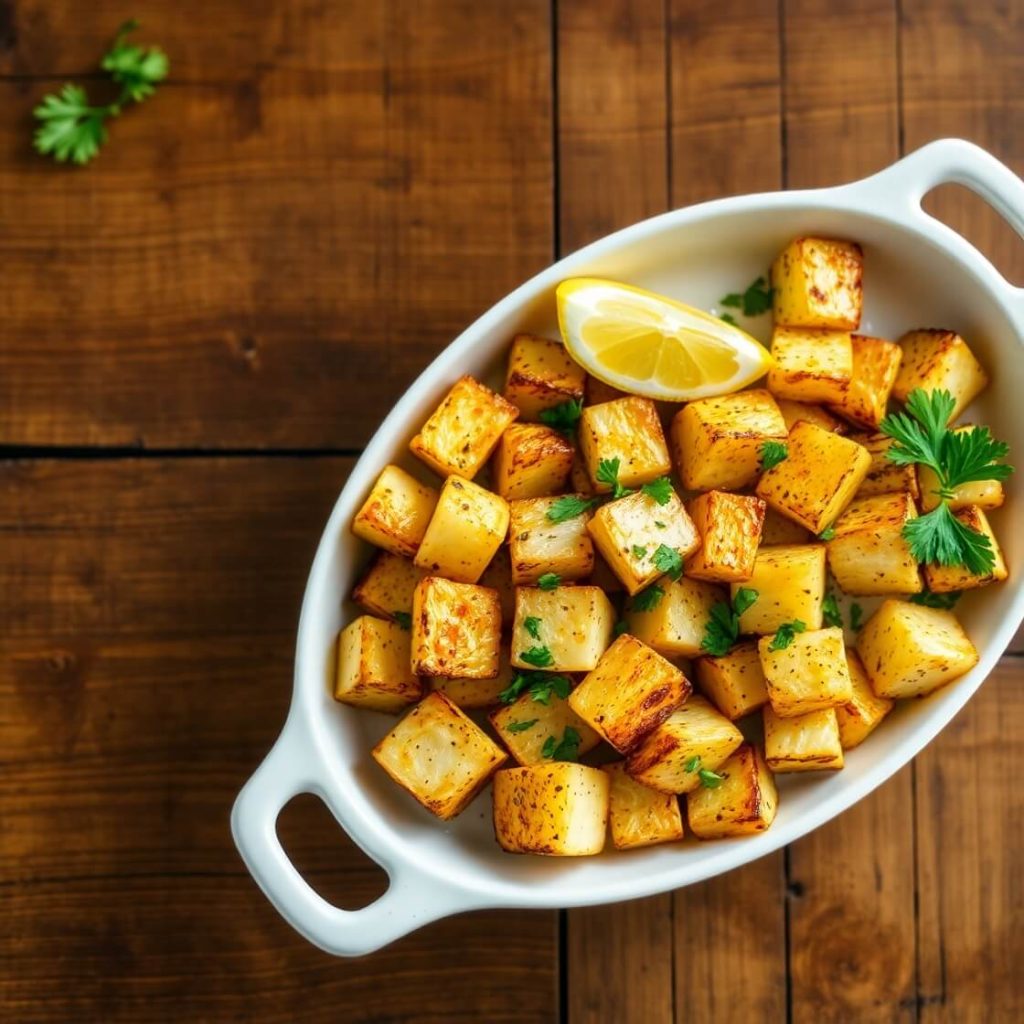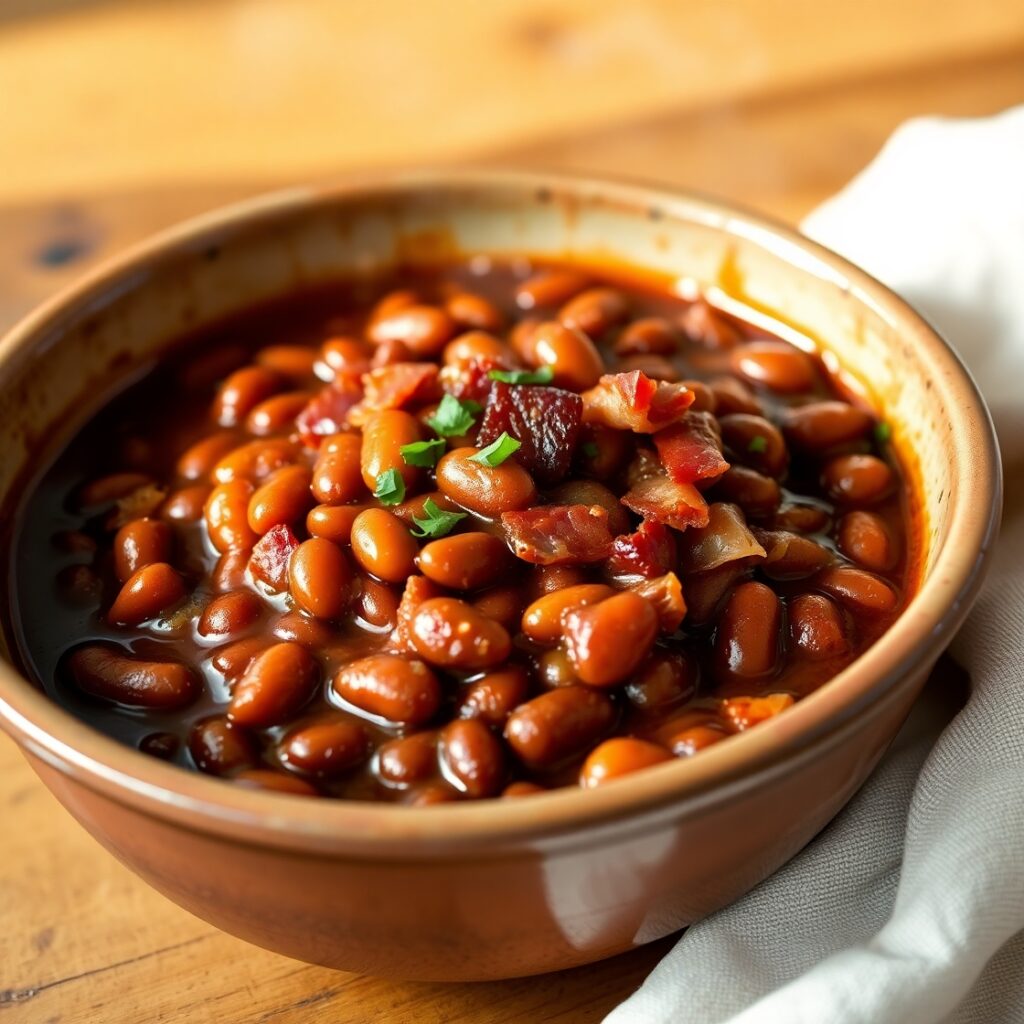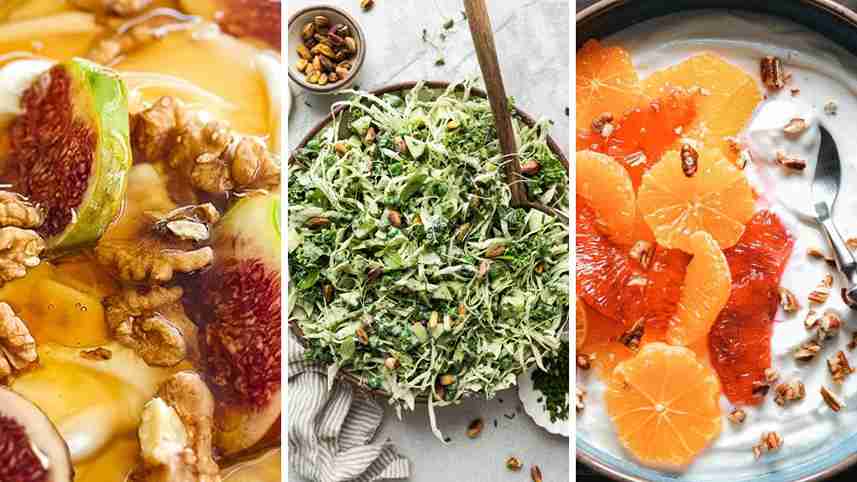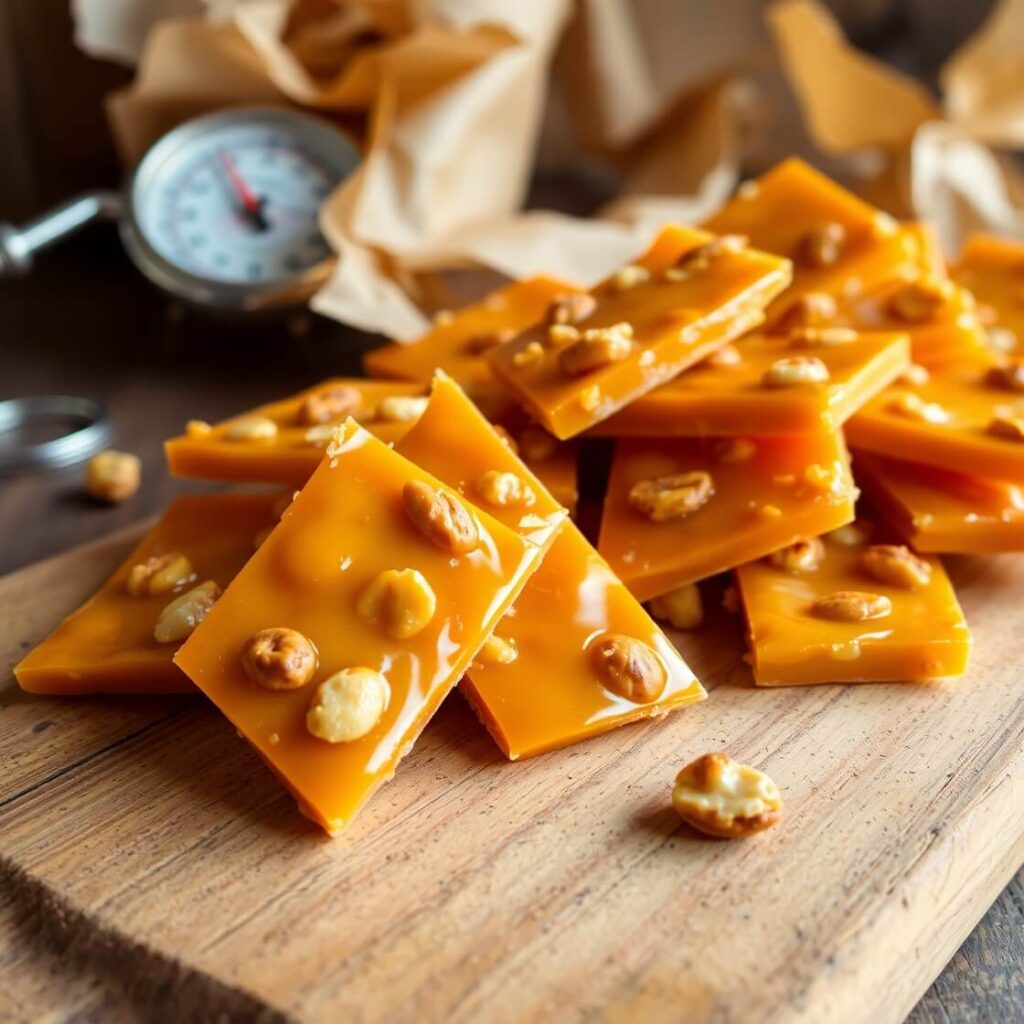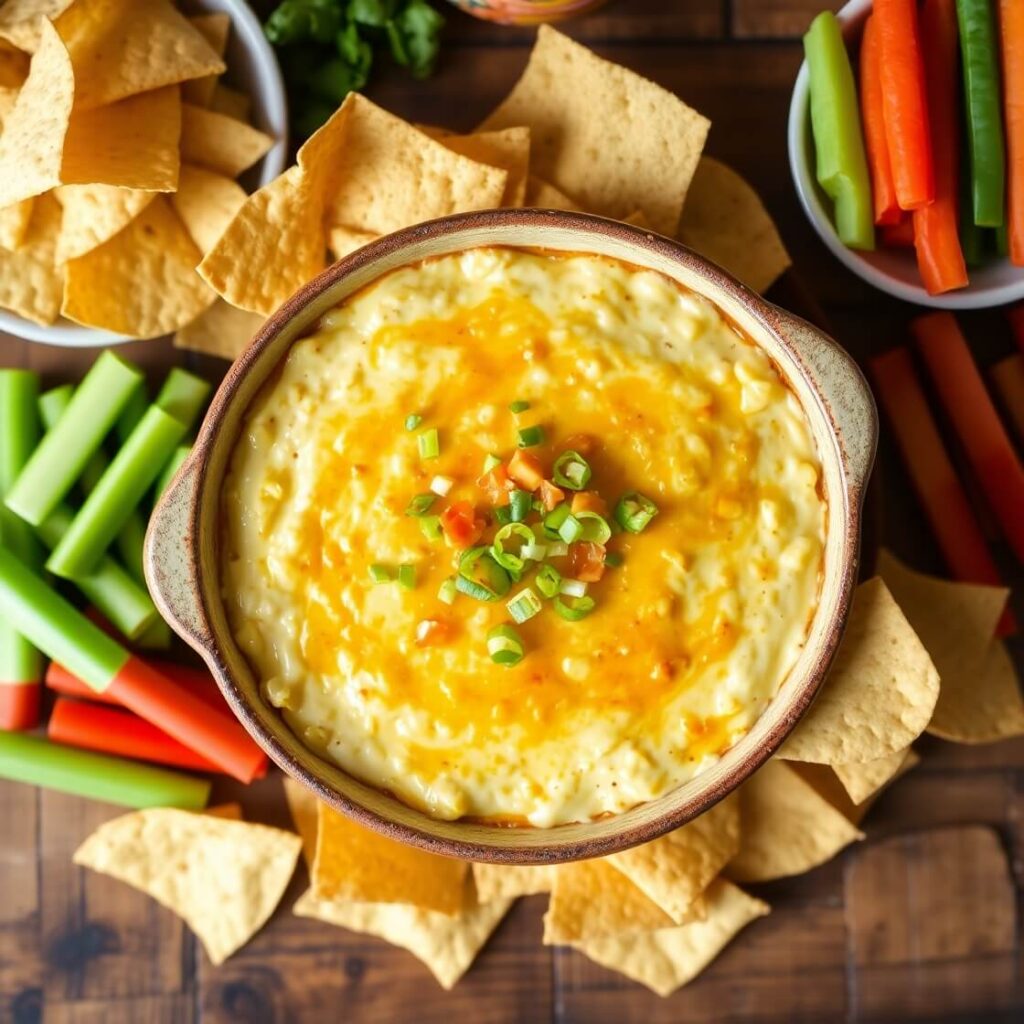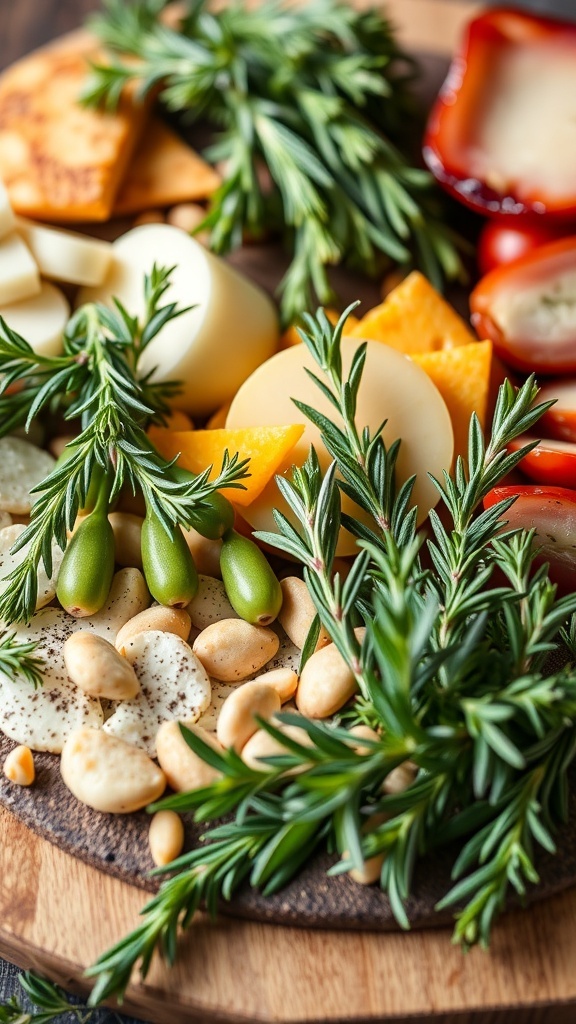Kohlrabi Recipes
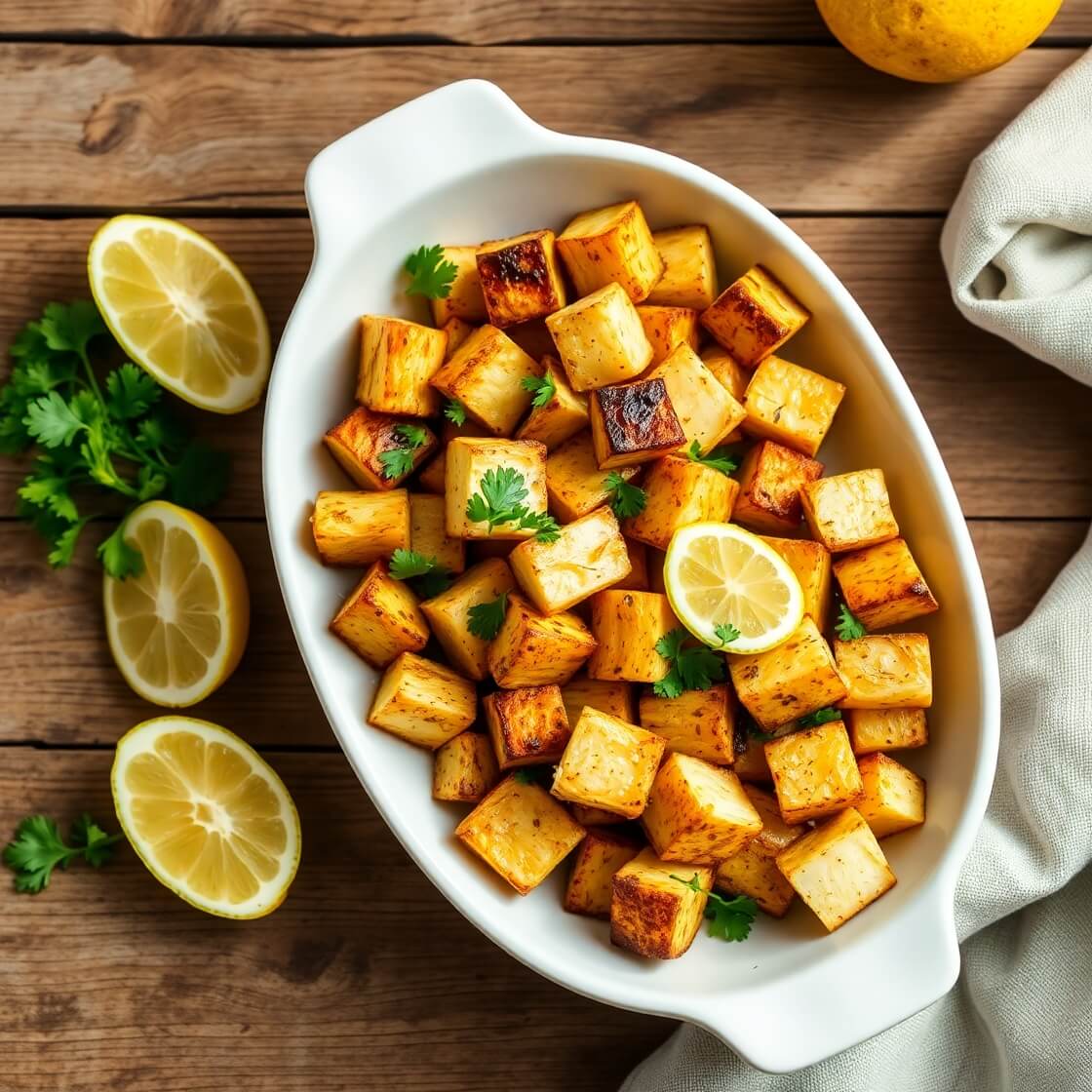
Kohlrabi might not be the first vegetable you grab at the farmer’s market, but once you discover its versatility, it quickly becomes a staple in your kitchen.
I first started experimenting with kohlrabi after seeing it in a CSA (community-supported agriculture) box and wondering what on earth I should do with it. Its pale green bulb and crisp leaves felt a little intimidating at first, but curiosity led me to slice it raw, toss it into a salad, and later roast it until caramelized and tender. That was the turning point—I realized this humble vegetable could transform into something truly special.
This recipe is a simple yet flavorful way to showcase kohlrabi. Whether you’re new to cooking with it or already love its mild, slightly sweet, turnip-like taste, this dish will help you appreciate it in a whole new way. Think of it as the perfect blend of earthy comfort and fresh brightness, making it a dish you’ll want to come back to again and again.
Ingredients for Kohlrabi Recipes
Before we dive into the cooking process, let’s talk about what you’ll need. The beauty of this recipe is that it keeps things simple—you don’t need an overwhelming list of ingredients, just a few key items that bring out the best in kohlrabi.
At the heart of it, you’ll want fresh kohlrabi bulbs. I usually peel off the outer skin because it can be a bit tough, especially if the bulbs are larger. Smaller, younger kohlrabi tends to be more tender and slightly sweeter.
Here’s what you’ll be gathering:
- Fresh kohlrabi bulbs
- Olive oil (or another cooking oil like avocado oil)
- Garlic cloves
- Salt and black pepper
- Fresh herbs like parsley, dill, or thyme (optional but recommended)
- A squeeze of lemon juice for brightness
These ingredients work together to highlight kohlrabi’s natural flavor without overpowering it. The garlic brings a warm depth, while the herbs and lemon add freshness that keeps the dish light.
If you’d like, you can also add a sprinkle of Parmesan cheese at the end for a slightly nutty richness—it’s not required, but it does elevate the dish into something extra satisfying.
How to Make This Kohlrabi Recipe
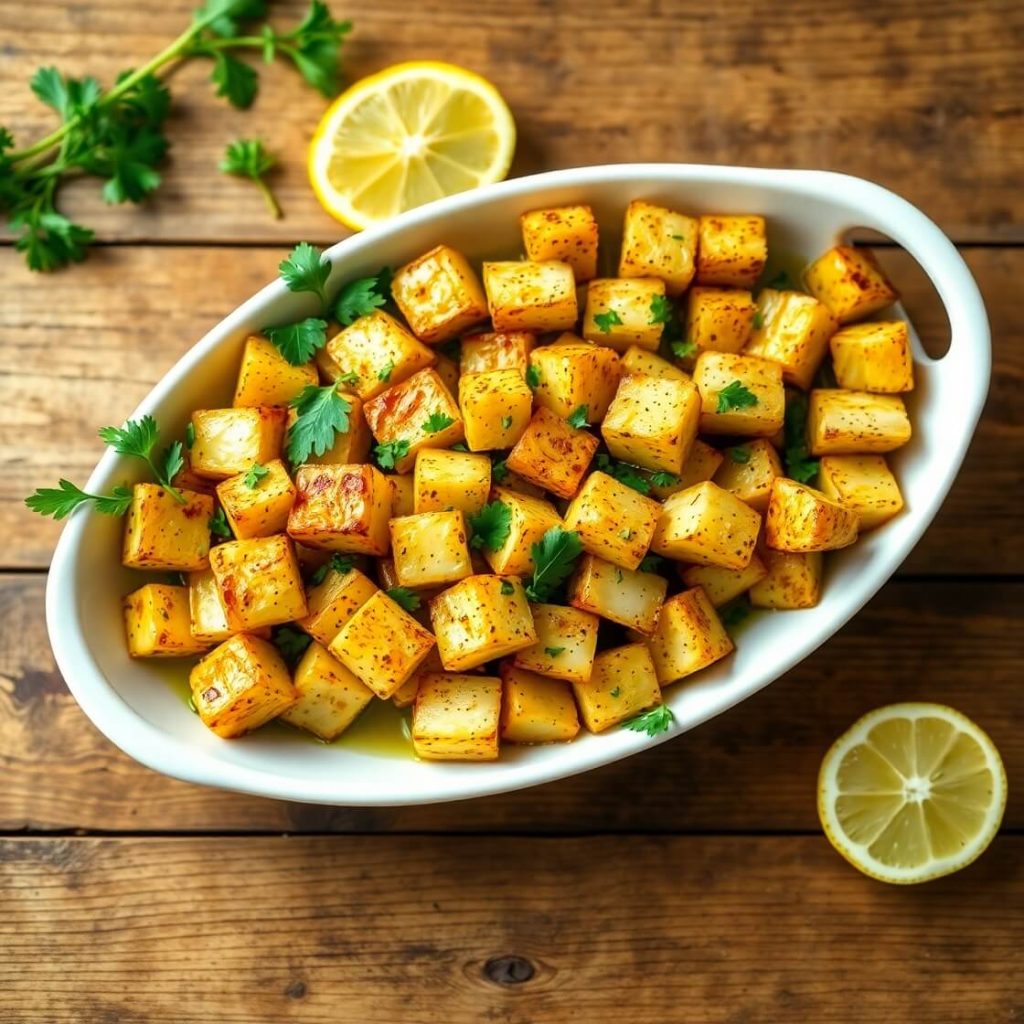
Cooking kohlrabi is all about bringing out its best qualities while keeping things simple. Here’s the step-by-step guide:
Step – 1: Prepare the kohlrabi
Start by washing the kohlrabi bulbs thoroughly. Use a sharp knife to cut off the tops and roots, then peel off the outer layer—it can be quite fibrous. Once peeled, chop the bulbs into evenly sized cubes or wedges.
Step – 2: Preheat the oven
Set your oven to 400°F (200°C). Roasting at this temperature ensures the kohlrabi becomes tender inside while developing a golden, caramelized crust on the outside.
Step – 3: Season the kohlrabi
Place the chopped kohlrabi into a large mixing bowl. Drizzle with olive oil, sprinkle with salt and black pepper, and add minced garlic. Toss everything together until the pieces are evenly coated.
Step – 4: Roast the kohlrabi
Spread the seasoned kohlrabi on a parchment-lined baking sheet in a single layer. Make sure not to overcrowd the pan, or the pieces will steam instead of roast. Roast for 25 to 30 minutes, flipping halfway through, until the kohlrabi is golden brown and fork-tender.
Step – 5: Add the finishing touches
Once roasted, remove from the oven and transfer to a serving dish. Squeeze fresh lemon juice over the top and sprinkle with chopped parsley or dill. If using Parmesan cheese, now’s the time to add it while the kohlrabi is still warm so it melts slightly.
Best Side Dish of Kohlrabi Recipes
To make this recipe shine even more, pairing it with the right side dishes can elevate the meal. Here are three of my favorites:
- Grilled Lemon Herb Chicken – The smoky, juicy flavors balance the lightness of the roasted kohlrabi.
- Quinoa Salad with Feta and Cucumber – Adds freshness and a bit of tang, perfect alongside the earthy roasted kohlrabi.
- Creamy Tomato Soup – A comforting pairing that makes for a cozy, balanced meal.
My Best Kitchen Secrets
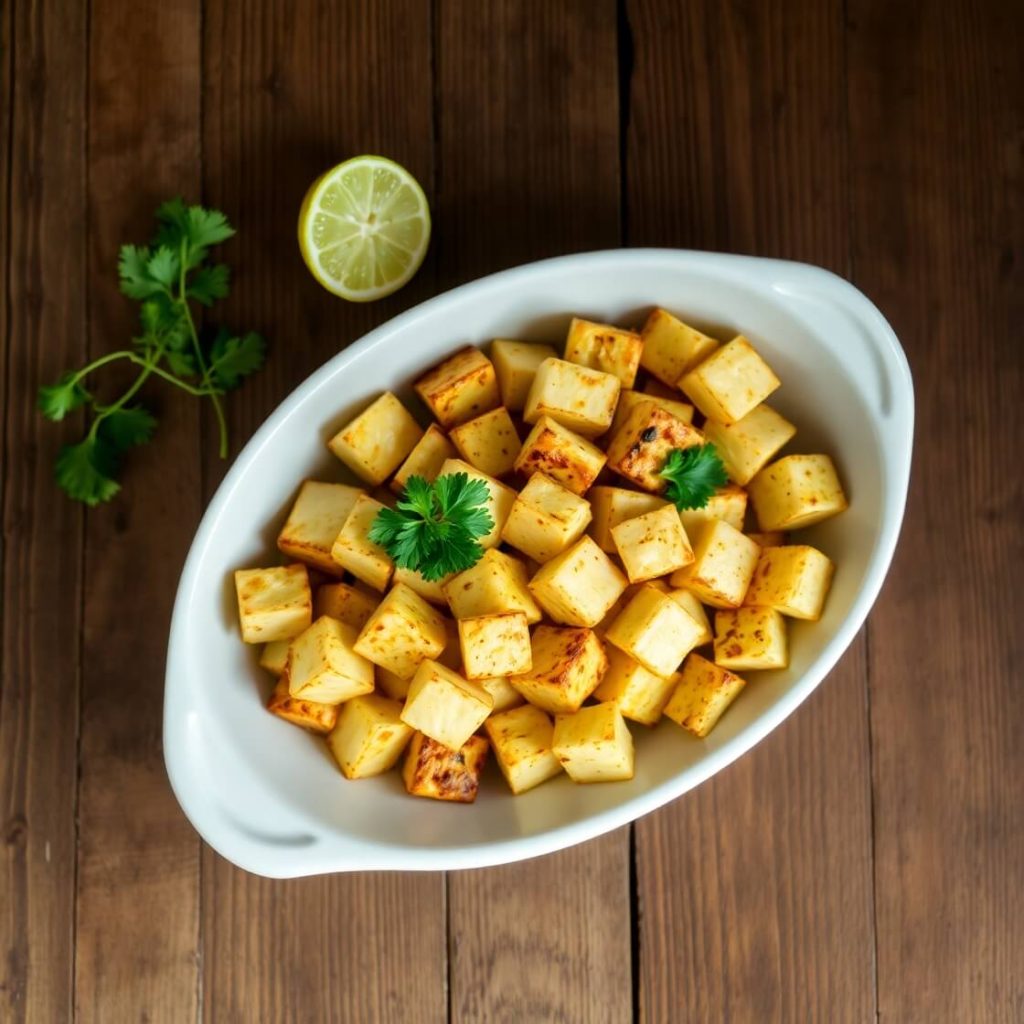
What I’ve learned over time is that kohlrabi rewards attention to detail. Here are some tricks I swear by:
- Cut the kohlrabi pieces evenly. Uneven pieces cook at different speeds, which can leave you with some too soft and others underdone.
- Don’t skimp on the olive oil. A light coating helps with caramelization and keeps the kohlrabi from drying out.
- Roast in a single layer. Overcrowding the pan traps steam and prevents those crispy golden edges.
- Add flavor layers. Try tossing the roasted kohlrabi with a handful of toasted nuts or a spoonful of grated Parmesan right before serving for extra richness.
- Taste before serving. A small squeeze of lemon or an extra pinch of salt at the end brightens everything.
FAQ
Can I eat kohlrabi raw?
Yes! It’s crisp and slightly sweet when raw—perfect for salads, slaws, or even dipping into hummus.
Do I need to peel kohlrabi before cooking?
Yes, especially larger bulbs. The outer skin is fibrous and can be tough, so peeling makes it more enjoyable.
Can I make this recipe ahead of time?
Absolutely. Roast the kohlrabi earlier in the day and reheat it in the oven before serving.
What protein pairs best with roasted kohlrabi?
Chicken, pork, and fish all work beautifully. For vegetarian options, try pairing with lentils or roasted chickpeas.
Is kohlrabi healthy?
Very! It’s low in calories, high in fiber, and an excellent source of vitamin C, making it a nutrient-rich choice for any meal.

Kohlrabi Recipes
- Total Time: 40 minutes
- Yield: 4 1x
- Diet: Vegetarian
Description
If you’ve never cooked with kohlrabi before, this recipe is the perfect introduction. With its mild, slightly sweet flavor and tender texture, roasted kohlrabi is a wonderful alternative to potatoes or turnips. The garlic and olive oil add depth, while a squeeze of lemon and fresh herbs brighten everything at the end. It’s simple enough for a weeknight dinner but elegant enough to serve at a gathering. Once you try it, you’ll wonder why you didn’t start cooking with kohlrabi sooner.
Ingredients
- 3 medium kohlrabi bulbs, peeled and chopped
- 2 tbsp olive oil
- 2 garlic cloves, minced
- Salt and black pepper, to taste
- 1 tbsp lemon juice
- 2 tbsp fresh parsley or dill, chopped
- Optional: 2 tbsp grated Parmesan cheese
Instructions
- Preheat oven to 400°F (200°C).
- Peel and chop kohlrabi into cubes or wedges.
- Toss with olive oil, garlic, salt, and pepper.
- Spread on a parchment-lined baking sheet in a single layer.
- Roast for 25–30 minutes, flipping halfway through.
- Remove from oven and finish with lemon juice, fresh herbs, and Parmesan if desired.
Notes
- For best flavor, choose smaller, tender kohlrabi bulbs. Don’t skip the lemon juice—it brightens the dish beautifully.
- Prep Time: 10 minutes
- Cook Time: 30 minutes
- Category: Side dish
- Method: Roasting
- Cuisine: American
Nutrition
- Serving Size: 4
- Calories: 105
- Sugar: 4g
- Sodium: 12mg
- Fat: 7g
- Saturated Fat: 1g
- Unsaturated Fat: 6g
- Trans Fat: 0g
- Carbohydrates: 10g
- Fiber: 4g
- Protein: 3g
- Cholesterol: 0mg

